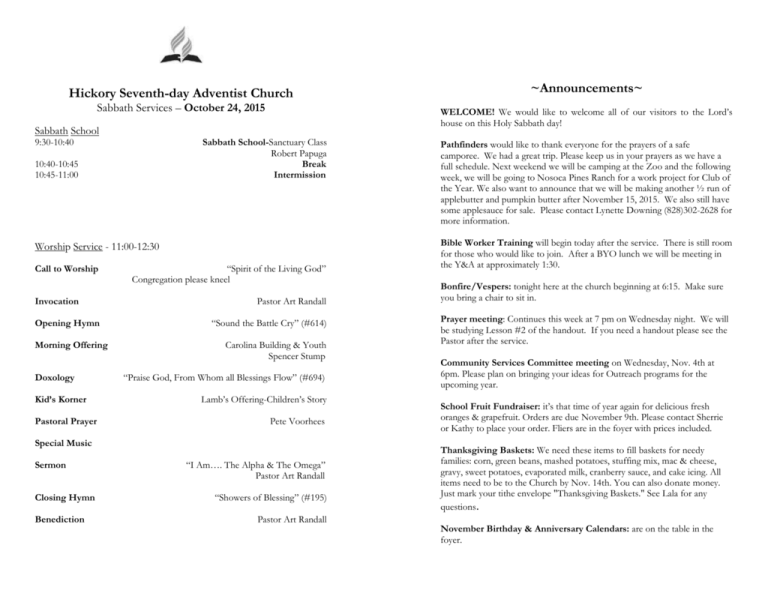
Sankey says, “I urged him to spend more of his time writing gospel hymns.” Yates later sent the musician several song-poems he’s written, and this is one of them. In his book, My Life and the Story of the Gospel Hymns, Mr. Sankey was in Buffalo, New York, at the time, and Yates came over from Batavia to see him. It was after this that he met Ira Sankey, D. NOTE: John Yates worked his way through several careers over the years– he was shoe salesman, a newspaper editor, and hard-ware store manager, until becoming a pastor in 1886. The famous “no land beyond the Volga” battle cry was later inscribed on a monument to the defenders of Stalingrad.Words: John Henry Yates (b. The Germans surrendered only a few months later, sealing what many historians consider the most important Allied victory of World War II. This was due in part to the brutal policies of Joseph Stalin, who instituted a “Not One Step Back” policy and executed thousands of his own men, but it was also thanks to the grit of the Soviet soldiers, who announced their intention to fight to the last with the rallying cry, “There is no land for us beyond the Volga.” The stalwart defenders endured months of frantic block-to-block combat until late-1942, when a Soviet counterattack encircled the Nazis and boxed them inside the city. The Nazis hoped to steamroll their way through the city in a matter of weeks, but they soon found themselves locked in a cataclysmic fight with the Soviet Red Army, which yielded ground reluctantly and only at great cost to the invaders. In the summer of 1942, German forces closed in on the Soviet city of Stalingrad, an industrial hub nestled along the banks of the Volga River. A corps is sometimes spoken of as a ‘good yelling regiment.’” Fremantle, a British observer at Gettysburg, noted that, “Confederate officers declare that the rebel yell has a particular merit, and always produces a salutary and useful effect upon their adversaries.

Whatever it sounded like, the yell was considered an indispensable tool on the battlefield. Later recordings of elderly Southern veterans seem to indicate that it was a shrill yelp that resembled the call of a coyote, though it may have varied from unit to unit.

This banshee scream was the Confederacy’s calling card for most of the war, but its sound has long been the subject of debate.

“It was the ugliest sound that any mortal ever heard-even a mortal exhausted and unnerved by two days of hard fighting, without sleep, without rest, without food and without hope.” That was legendary writer and Union army veteran Ambrose Bierce’s description of the “rebel yell,” the notorious battle cry of Confederate forces during the Civil War.


 0 kommentar(er)
0 kommentar(er)
